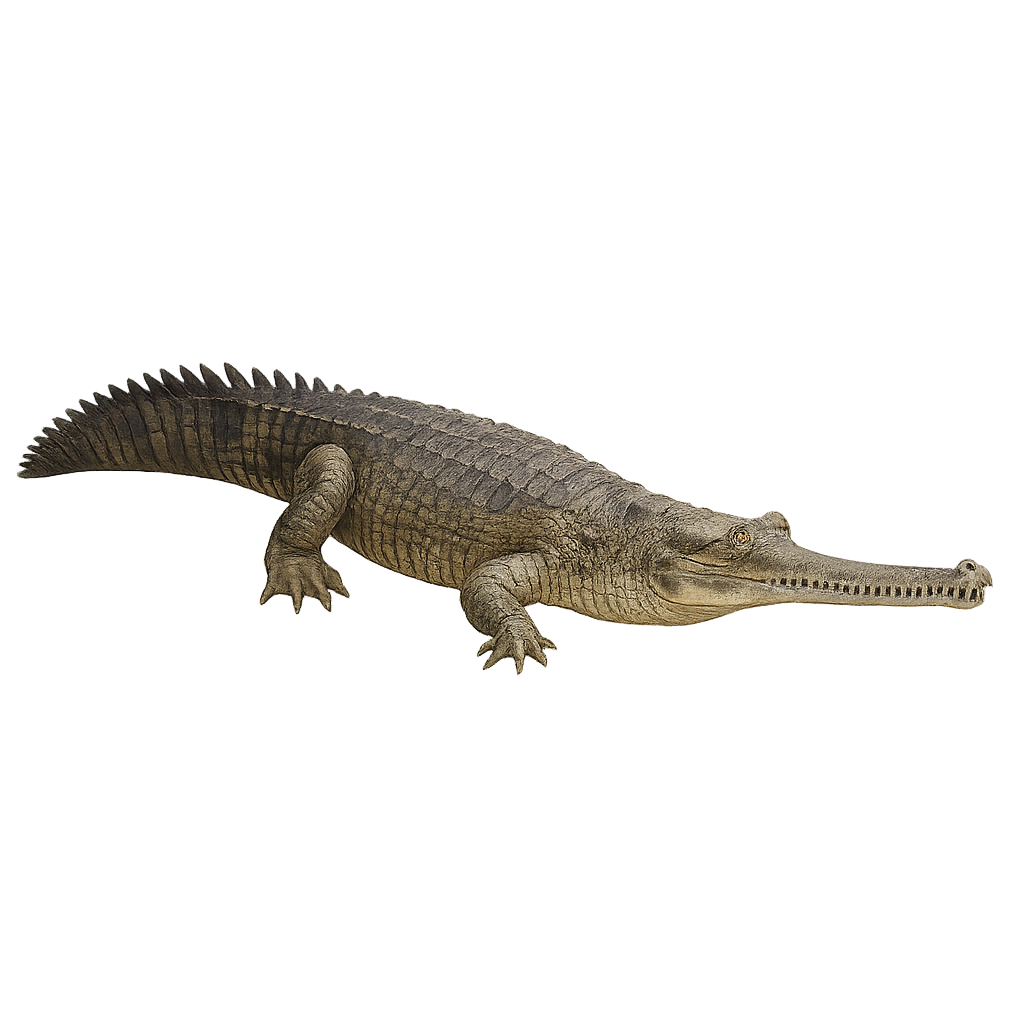Your wildlife photography guide.
Explore the ganges gavial in detail, study its behavior, prepare your shots.
Where to observe and photograph the ganges gavial in the wild
Learn where and when to spot the ganges gavial in the wild, how to identify the species based on distinctive features, and what natural environments it inhabits. The WildlifePhotographer app offers tailored photography tips that reflect the ganges gavial’s behavior, helping you capture better wildlife images. Explore the full species profile for key information including description, habitat, active periods, and approach techniques.
Ganges gavial
Scientific name: Gavialis gangeticus

IUCN Status: Endangered
Family: GAVIALIDAE
Group: Reptiles
Sensitivity to human approach: Suspicious
Minimum approach distance: 10 m
Reproduction period: December
Incubation: 60-70 jours
Births: December
Habitat:
Shallow rivers, swamp areas
Activity period :
Active during the day when temperatures are favorable, often seen basking in the sun.
Identification and description:
The Ganges gavial is a distinctive crocodilian, easily recognized by its long, narrow snout that allows it to capture fish in the rivers of the Indian subcontinent. This aquatic reptile is primarily found in the rivers of the Ganges and its tributaries in India and Nepal. The Ganges gavial is an excellent swimmer and feeds almost exclusively on fish, which it captures using its long, slender snout like a pincer. Although relatively calm, it is listed as endangered due to habitat loss and river pollution. It is currently protected by conservation programs.
Recommended lens:
400 mm – adjust based on distance, desired framing (portrait or habitat), and approach conditions.
Photography tips:
Photograph the Ganges gavial using a telephoto lens to capture the silhouette of its elongated body and long snout, especially when resting by the riverside or hunting in the water. It is best to photograph this animal early in the morning or late in the afternoon when the light is softer. Be patient and respectful of its space, as it may become agitated if you approach too closely.
The WildlifePhotographer App is coming soon!
Be the first to explore the best nature spots, track rutting seasons, log your observations, and observe more wildlife.
Already 1 439 wildlife lovers subscribed worldwide

